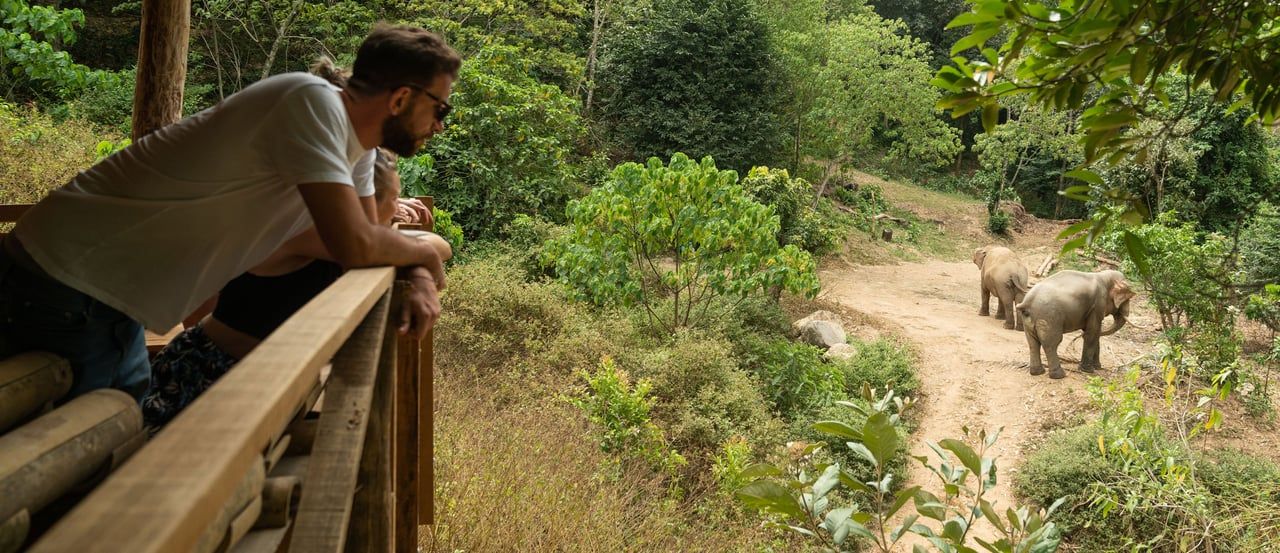
Top Destinations for Wildlife Conservation Tourism
- 0
In recent years, wildlife conservation tourism has become increasingly popular among travelers who are looking to make a positive impact on the environment while enjoying a unique and educational travel experience. From volunteering at wildlife sanctuaries to participating in eco-friendly safaris, there are a variety of ways to get involved in wildlife conservation efforts around the world. If you’re interested in combining your love of travel with your passion for protecting animals and their habitats, here are some top destinations for wildlife conservation tourism to consider.
Maasai Mara, Kenya
Maasai Mara is one of Africa’s most iconic wildlife reserves, known for its breathtaking landscapes and diverse wildlife population. Visitors to Maasai Mara have the opportunity to witness the annual Great Migration, during which millions of wildebeest, zebras, and other animals travel across the savannah in search of greener pastures. In addition to observing these natural wonders, travelers can also volunteer at local conservation projects to help protect endangered species and promote sustainable tourism practices.
Ranthambore National Park, India
Ranthambore National Park is home to one of the largest populations of Bengal tigers in the world, making it a must-visit destination for wildlife enthusiasts. Visitors to Ranthambore have the chance to embark on guided safari tours to spot these majestic creatures in their natural habitat, as well as participate in conservation initiatives aimed at preserving the park’s delicate ecosystem. By supporting Ranthambore’s conservation efforts, travelers can help ensure the survival of endangered species for future generations to enjoy.
Galapagos Islands, Ecuador
The Galapagos Islands are a remote archipelago located in the Pacific Ocean, known for their unique biodiversity and important role in Charles Darwin’s theory of evolution. Travelers to the Galapagos can explore volcanic landscapes, pristine beaches, and crystal-clear waters teeming with marine life, including sea lions, marine iguanas, and blue-footed boobies. Conservation initiatives on the islands focus on protecting endangered species and habitats, allowing visitors to contribute to the preservation of this fragile ecosystem while enjoying a once-in-a-lifetime travel experience.
Chobe National Park, Botswana
Chobe National Park is renowned for its large elephant population, as well as its diverse array of other wildlife species, including lions, leopards, and hippos. Visitors to Chobe can take part in guided safari tours, boat cruises along the Chobe River, and conservation projects aimed at safeguarding the park’s natural resources. By supporting Chobe’s conservation efforts, travelers can help protect the park’s wildlife and promote sustainable tourism practices in the region.
Tortuguero National Park, Costa Rica
Tortuguero National Park is a tropical paradise located on the Caribbean coast of Costa Rica, known for its lush rainforests, pristine beaches, and abundant wildlife. The park is a critical nesting ground for endangered sea turtles, including green turtles, hawksbill turtles, and leatherback turtles, making it a hotspot for wildlife enthusiasts and conservationists alike. Visitors to Tortuguero can volunteer at local sea turtle conservation projects, participate in guided nature walks, and explore the park’s network of canals by boat, all while supporting efforts to protect the region’s fragile ecosystems.

